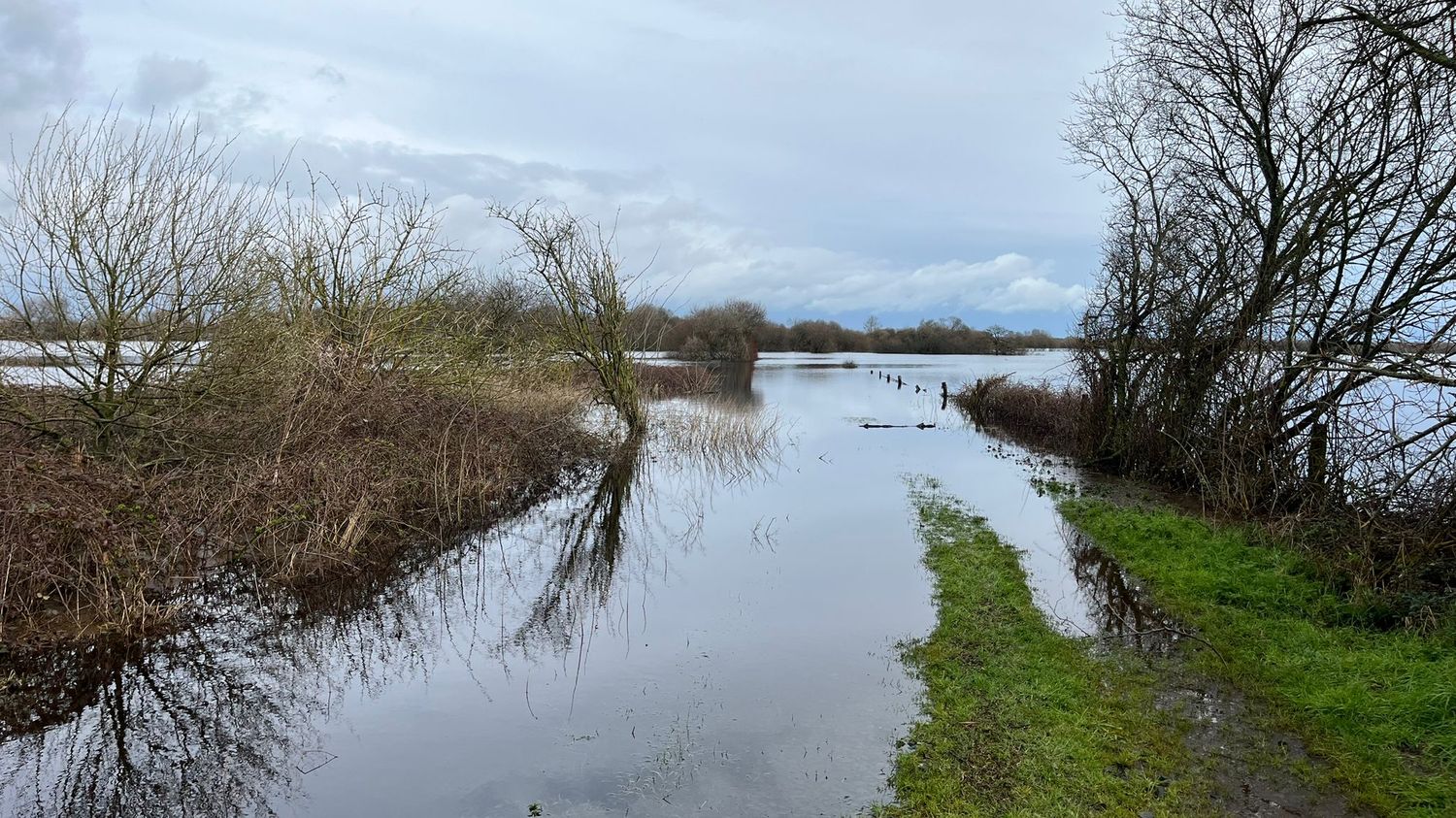The plan is to transform this leaking carbon sink into a vast nature reserve. But it raises fears of significant flooding.

Published
Reading time: 104 min

An immense expanse of water, birds, vegetation: this is what we see when we arrive at the Sèves peat bog, near Coutances, in the Manche region. It is a gigantic wetland of 2 000 hectares, with in the middle the largest peat quarry in France still exploited today to make potting soil. Currently, it is impossible to realize that these 2 000 hectares flooded by rains store 4.4 million tonnes of carbon. But it is here that a colossal project is being prepared, closely monitored by the Ministry of Ecological Transition: transforming this carbon sink, which today no longer plays its role, into a nature reserve.
“Peatlands are remarkable in several ways because they store carbon and, from an ecological point of view, they are an environment rich in fauna and floranotes Denis Letan, director of the Cotentin and Bessin marshes regional natural park. It is also remarkable for the wintering of waterbirds and it is also a European hotspot for nesting. Finally, from a botanical point of view, we have a very specific flora, specific to these environments.”
Create a regional nature reserve
But in the middle of this vast wetland is the Baupte quarry, a peat mining site which is a little over 650 hectares and is used to make potting soil. Nearly 80 years of activity which today have an impact, explains Audrey Gaudron, cabinet director of the Manche Departmental Council: “They installed pumps which lower the water level, which dries out the peat bog. It then no longer plays its role and releases CO2. There was an environmental emergency.”
In two years, exploitation of the quarry will stop. The objective in the future is to classify the entire peat bog as a regional nature reserve. “The end of pumping will allow the water table to return to its initial level and, in the very long term, will allow the peat to recover and regain its carbon storage capacity and play its full role”explains Denis Letan.
A risk of extensive flooding
But the transformation of the site is not without consequences because in addition to drying, pumping has caused soil subsidence in recent years. So, as soon as the pumps are removed “the water will return to its pre-exploitation level, that is to say 80 years ago, which was an almost flush level. As the soils have subsided, the rise in water will result in flooding. This will probably increase by around 1.75 m to 2 m compared to the current level.”, continues the park director. According to estimates, 800 hectares on approximately 2 000 will be flooded permanently and 500 more episodically.

Marsh meadows operated by around sixty farmers are located in this peat bog. Paul-Étienne Anne, who runs an organic dairy cow farm in the town of Gorges, fears flooding during spring and summer, when farmers bring their animals to graze. If that is the case, “the animals will be in danger because there will be sheets of water in places, it’s peat, it’s soft, there is a risk of getting bogged down. With a tractor, it’s not Don’t even bother.”
There will therefore be a loss of usable land. The farmer would be impacted on 19 hectares, which would cost him around 30 000 euros. Others could even see their activity jeopardized. Faced with this situation, a solution has just been found: a land bank. “It’s about buying farms which will be for sale in the communes around the flooded site, in the bocage areas, therefore absolutely out of water, to be able to settle farmers who will lose land”, explains Denis Letan. Apart from farmers, some residents also fear flooding in communities close to the peat bog.
A project observed on a European scale
What is at stake in this project goes beyond the simple department of Manche. “We are watched on a national and even European scalecomments Denis Letan, the park director. It is a very interesting laboratory of what a site at risk of submersion is, of what we can do with a degraded peatland to try to restore it and make it a carbon sink which will contribute to achieving the objectives that we have set for ourselves on neutrality, and which responds to numerous ecological issues and the impacts of climate change.” But this reconversion project still has a cost: around 12 million euros according to the Manche Department.
